GAME INFO
Genshin Impact
September 28, 2020; Switch and PS5 TBA
The last year-or-so has been a bit of a PR rollercoaster for Genshin Impact. When the game was first unveiled in the summer of 2019, many angrily wrote it off as a gacha-fueled rip-off of Nintendo’s The Legend of Zelda: Breath of the Wild, but those who actually went hands-on with its betas discovered something far more promising. By the time Genshin Impact launched this past September the mood had completely changed. Journalists and fans alike have been raving about the game, which has already been downloaded by 10s of millions and is on track to bring in $100 million in its first month.
So, where’s the truth actually lie? Is Genshin Impact a derivative money grab, legit game-of-the-year candidate, or somewhere in between? There’s no denying Genshin Impact has already lived up to its name, but will its impact last? It’s time to find out what this game is really all about…
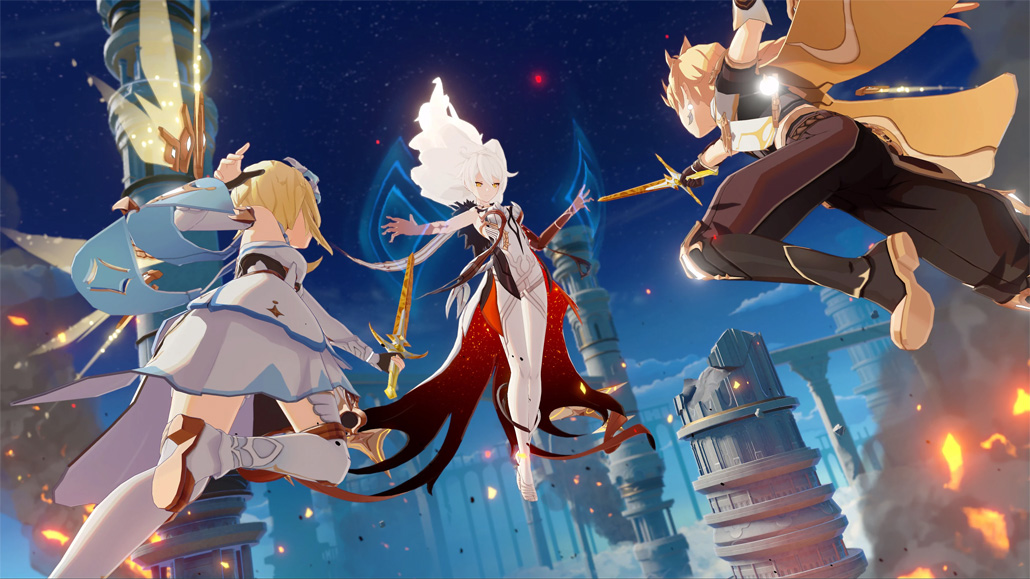
Genshin Impact begins with you choosing between two siblings — one female, one male — with whoever you don’t choose being spirited away by a powerful unnamed god. Your search for your sister or brother leads you to the continent of Teyvat, where you’re befriended by an excitable fairy named Paimon who decides to aid you in your journey, whether you want them to or not. You soon discover the local countryside is being menaced by a big blue dragon named Dvalin, and after you help repel him from the city of Mondstadt, you’re recruited into the Knights of Favonius. Thinking this dragon might have something to do with your sibling’s abduction, you go along, and are swept up into a plot involving various rival gods, nations, and shadowy organizations.
If this all sounds like fairly typical JRPG stuff, well, it is. Genshin Impact’s complex web of gods and factions can be a bit of a headache to keep track of due to the game’s sometimes spotty storytelling and so-so localization. Sure, most of the characters you meet are quite likeable, and the scraps of lore the game shares are interesting, but I’m not entirely confident this story will come together in a satisfying way in the end. And let me be perfectly clear, this story has no ending at the moment. It doesn’t even come to a satisfying cliffhanger. Developer miHoYo promises Genshin Impact’s story will eventually consist of seven chapters, but as of now it just cuts out in the middle of Chapter 2 without so much as a “On the next episode of Genshin Impact…” teaser.

Genshin Impact’s story may be a bit scattered, but its world still leaves a major impression. Yes, the game takes notes from Breath of the Wild with its colorful open world packed with wildlife, items to collect for crafting and cooking, and monster camps to clear out. But hey, taking inspiration from a well-loved game isn’t necessarily a bad thing if you can deliver something of similar quality, and surprisingly, Genshin Impact does just that. MiHoYo has only released two of the seven areas they’ve promised (Mondstadt and the Chinese-inspired Liyue), but the game’s map is already as big, or perhaps bigger, than BOTW’s. There’s a satisfying verticality to the world, with large cliffs and other obstacles often turning your journey to the next waypoint into an environmental puzzle of sorts. In fact, in some ways, Genshin actually one-ups BOTW, delivering a world that feels more lived-in than Hyrule’s often-lonely expanses.
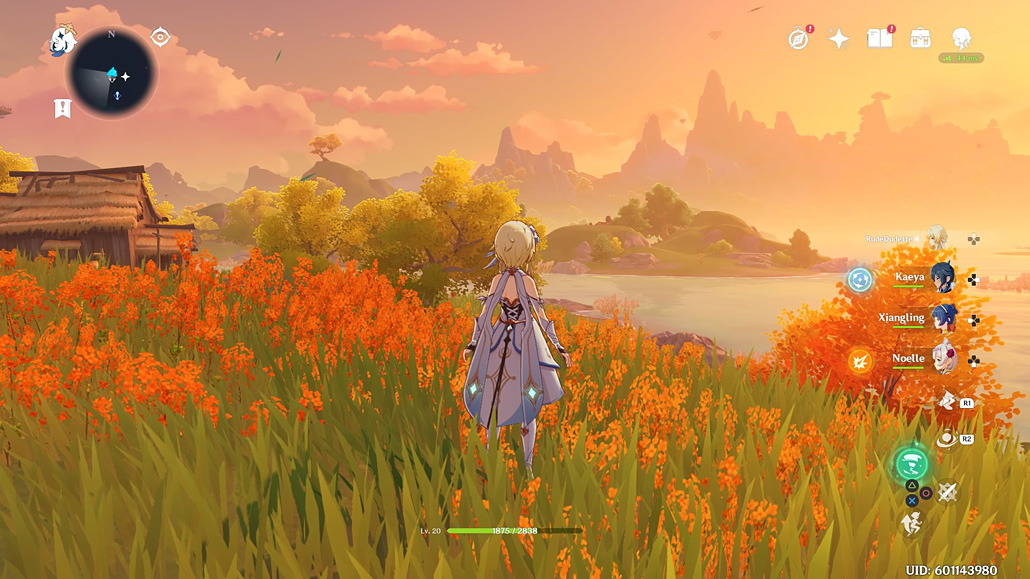
From the bustling streets of Mondstadt and Liyue Harbor, to its vast grassy fields, crystal-blue lakes, and perilous peaks, Genshin Impact’s world is consistently gorgeous. The game’s cast of characters, most of whom are girls in skin-bearing and sometimes vaguely provocative outfits, will undoubtedly raise some eyebrows. That said, it’s hard to deny the quality of the designs as each character’s personality is brought to life through their unique style and animations. The game does suffer from some performance hiccups on PS4, but considering how well the game runs on all other platforms, I suspect it’s just an issue of optimization, which will be resolved soon enough. On the audio front, the game’s soundtrack sets a nice calming tone and the English voice actors do the best they can with a stilted script.
Now, a beautiful world doesn’t amount to much without strong gameplay to match, but Genshin Impact delivers on that front too. The game features a simple action-driven combat system, somewhat reminiscent of Bandai Namco’s Tales series. Each one of the game’s characters has their own weapon type (sword, bow, spear, etc.) and elemental affinity (fire, ice, electricity, ect.), and can unleash two special moves – an Elemental Skill that only takes a few seconds to recharge and a more powerful Elemental Burst that you need to build up by defeating enemies. Those not particularly adept at action games can simply level up their characters and hack-and-slash their way to victory, but Genshin Impact’s combat takes it to a new level once you start switching between party members.
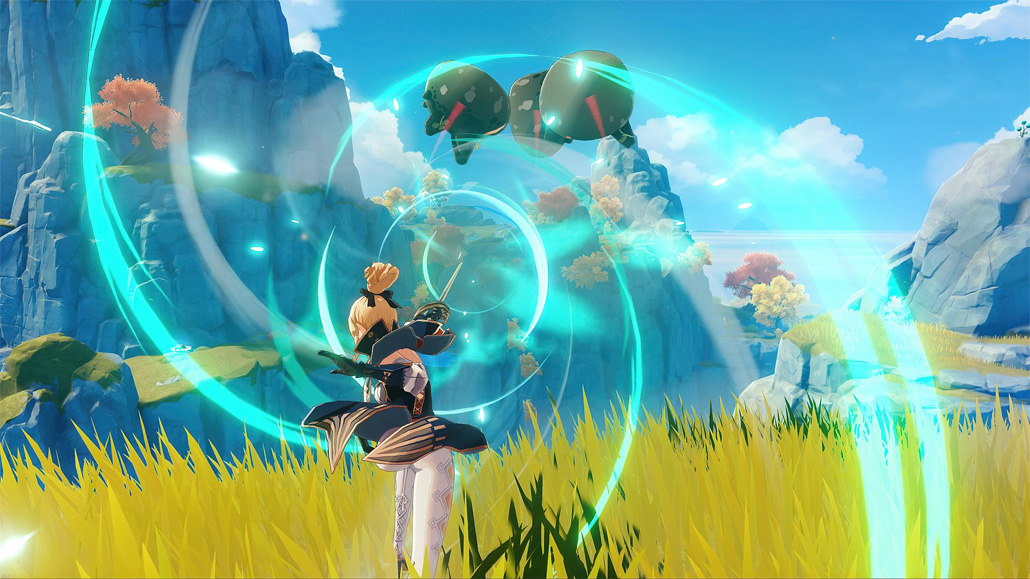
While you can only control one of the four characters in your party at a time, you can swap from one to another instantly, and the effects of some special attacks linger after you swap, allowing you to pull off powerful combinations. For instance, you can douse enemies with a water attack to make them wet then switch to an electric character to deal extra shock damage, or combine pyro and wind attacks to create a scorching fire tornado. Once you really get the hang of swapping characters Genshin Impact almost starts to resemble a simplified Platinum Games actioner. This game nails that elusive nail that “easy to pick up, difficult to master” sweet spot.
Genshin Impact certainly serves up plenty to keep budding adventurers busy, as you can embark on a wide array of quests, tackle dungeons, defeat bosses, search for treasure, hunt down daily commissions, and more. As a nice bonus, many of these activities can be played with up to three other players co-op style. The game’s core Archon Quests and character-focused Story Quests are surprisingly varied – in addition to standard fare like killing enemies and collecting items, you may find yourself engaging in some light stealth, entering a cooking contest, or tracking a lost cat. Sometimes you’ll run into odd quirks, like having to find and talk to a character who’s already in your party or leave and immediately re-enter an area to advance to the next objective, but generally-speaking, mission design is on point.
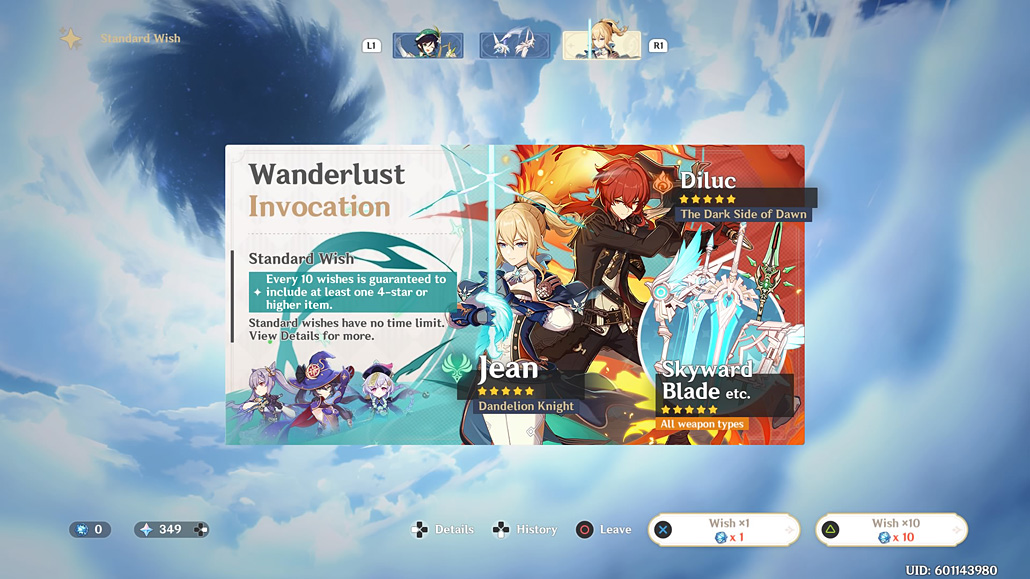
At this point you may be under the impression I really loved Genshin Impact, and make no mistake, I was genuinely wowed by many aspects of the game. Sadly, while Genshin Impact occasionally rises to surprising heights, its free-to-play design continually drags it back down to earth. The game employs a random lootbox-like “gacha” system for unlocking most of its characters and high-level weapons, which has the unfortunate side effect of making its beautiful world feel rather hollow. Climb to the top of an epic peak or discover a hidden cavern and you’ll be rewarded with a treasure chest that might contain a so-so weapon or two, some crafting materials, and an insignificant amount of currency for the gacha system. Even if you luck out and get a good weapon, the fact remains, that you can almost always get something better out of a loot box. Without proper rewards, the desire to explore eventually evaporates.
Also, once you complete Genshin Impact’s core narrative missions, the game quickly descends into a grindy, repetitive loop. In order to level up characters, Genshin pushes you towards certain replayable dungeons and challenges, but limits the amount of times you can tackle them without spending some in-game currency. There are clearly some talented, inventive minds at miHoYo — they could have focused on giving players more interesting story-driven quests, but those don’t generate any money for them. Once again, the F2P model tramples on creativity.
Of course, in addition to making things less fun, Genshin Impact’s gacha system has the potential to be downright exploitative. Based on my own experiments, you can unlock some decent characters and weapons with a reasonable real-money investment or simply by playing in a dedicated way, but if you want to unlock the 5-star items? You’re going to have to pay hundreds, if not thousands, of dollars as drop rates for those top-tier goodies are pitifully low. As I warned previously, if you’ve ever had an issue with gambling or similar free-to-play games, steer well clear.
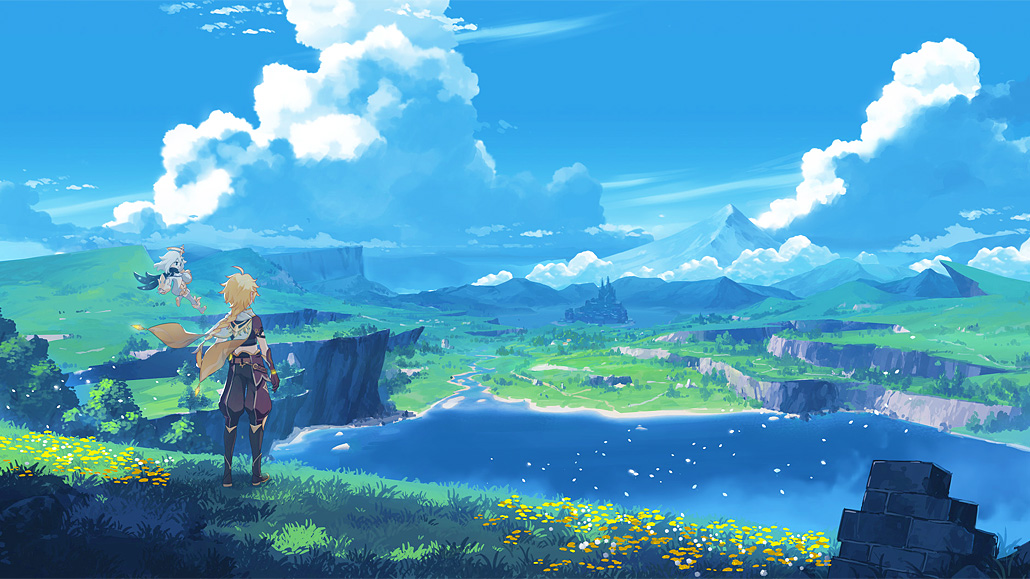
That said, if exploration and adventure are all that matters to you, there is a lot of free content on offer here. It will take most players at least 20 to 30 hours to play through Genshin Impact’s current collection of core story quests and, of course, there’s a ton of additional side stuff to pursue. And again, the game is less than a third finished! You could argue a game the scope of Genshin Impact, from an indie developer like miHoYo, wouldn’t be possible without the steady funding the F2P model provides. Perhaps the finished game will be so impressive the ends will justify the means, but for now, some players may struggle to find the motivation to see through this half-completed vision.
This review was based on the PS4 version of Genshin Impact. Some currency for the game’s gacha system was provided for free by publisher miHoYo.
Genshin Impact is a remarkable game in many respects, boasting vibrant visuals, a rich, sprawling world, deep systems, and finely-tuned action. Unfortunately, the game’s free-to-play gacha business model often undermines its own sense of adventure and excitement. Genshin Impact is a good — potentially great — game locked in a loot box it can’t quite escape.
Pros
- Massive, captivating world
- Simple yet satisfying combat
- Quests are fun and diverse
- Great character designs
- Tons of free content
Cons
- Story can be hard to follow
- F2P model discourages exploration
- Gets grindier the longer you play
- Gacha system can be expensive
- Game straight up isn’t finished



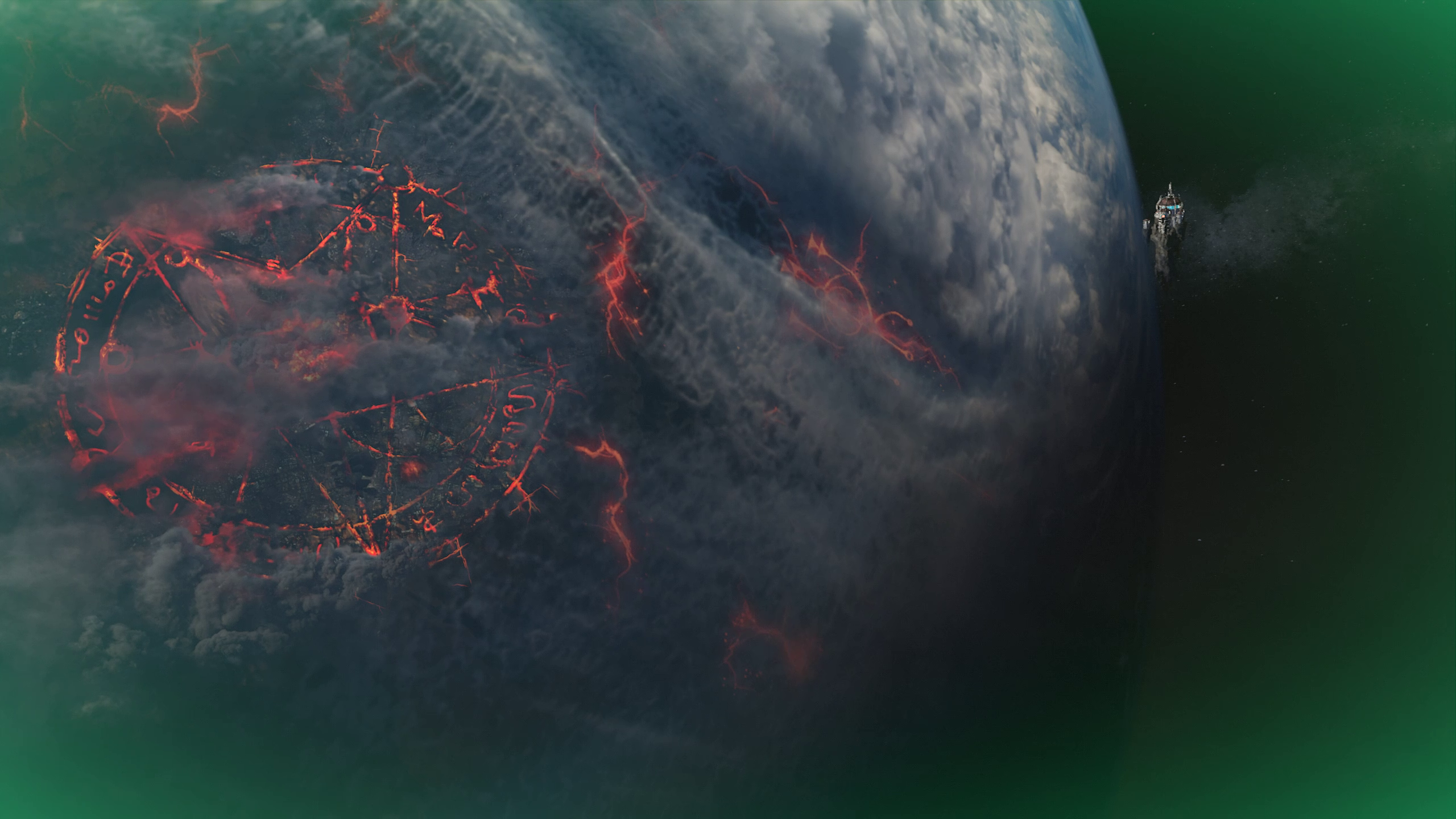
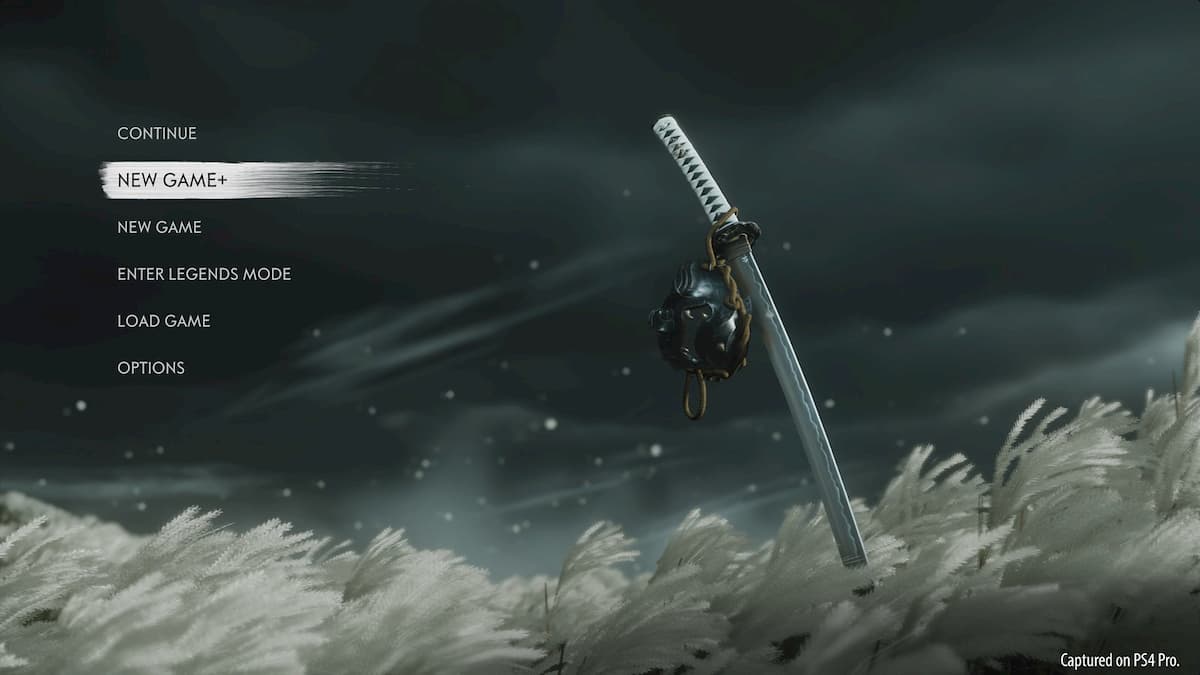
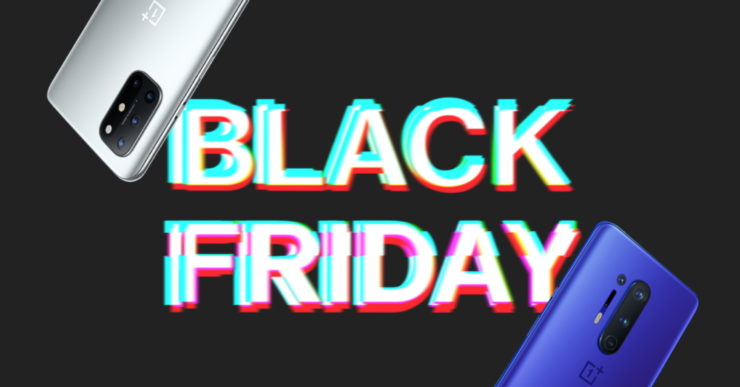

More Stories
New The Elder Scrolls V: Skyrim Dark Knight Mod Introduces Impressive-Looking Ebony Armor and Shield
Silent Hill Director Leaves Sony’s Japan Studio Alongside The Last Guardian Producer to Form a New Development Studio
Cyberpunk 2077 Modding Could Start with WolvenKit Community Open Source Project Support